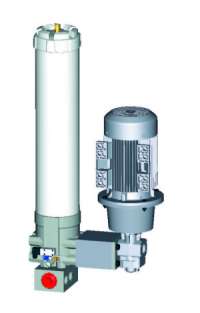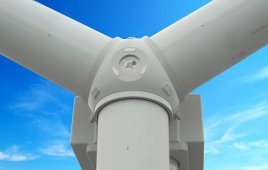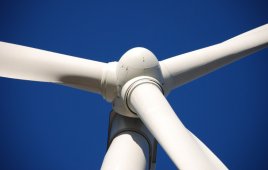Filters in wind turbines clean either air or oil. Selecting an air filter is fairly straightforward so this discussion will concentrate on oil filters, which are more critical for the proper function of the turbine hydraulics and lubrication, and available in a wider variety. And while hydraulics in turbines perform several tasks, the large quantity of oil in a gearbox deserves most attention. For instance, a conventional turbine gearbox may contain 80 liters of synthetic lubricant so changing that quantity on a regular period could be a costly and possibly unnecessary exercise.
Gear and bearing wear is usually determined by operating conditions and stresses exerted on components. As components wear, they generate small particle that contaminate oil. Worse yet, the impurities cause the main-flow filter to prematurely fail. Research shows that only a small percent of the main-flow filter’s dirt-holding capacity absorbs impurities. This is sometimes due to a deposit of oil-aging products that formed a seal over the main flow filter, causing its failure. So it makes more sense to monitor oil quality with proactive or predictive maintenance. Keeping gearbox oil clean with proper filtration extends the period between changes, from a matter of months to a matter of years.
Continuous oil-condition monitoring can let maintenance teams track oil “health” on a fleet of turbines. Countermeasures can then be taken to prevent subsequent harmful after potentially damaging events, such as a period of gusts or drivetrain misalignment.
A few devices for maintaining and monitoring oil include stationary off-line filters, stationary oil-conditionmonitoring units, portable particle counters, and mobile filter units.
Stationary off-line filters can be retrofit into existing fluid systems to obtain max fluid performance with permanent off-line cleaning. Stationary oil-condition monitoring (debris counters) prevents damage with early stage diagnosis. Oil monitoring sensors can include particle counters, water and temperature sensors, and dielectric-conductivity-viscosity sensors that look for cavitation and oxidation in oil.
Portable particle counters meet most requirements from on-line particle monitoring to bottle and portable online sampling. And mobile filters can be carted from oil reservoir to reservoir, although these may work best on ground mounted lube systems.
Filed Under: Turbines





